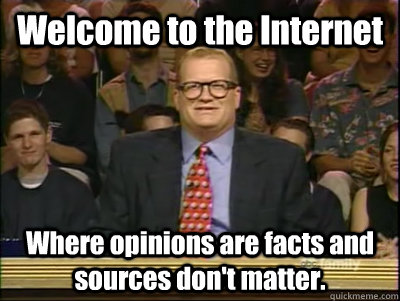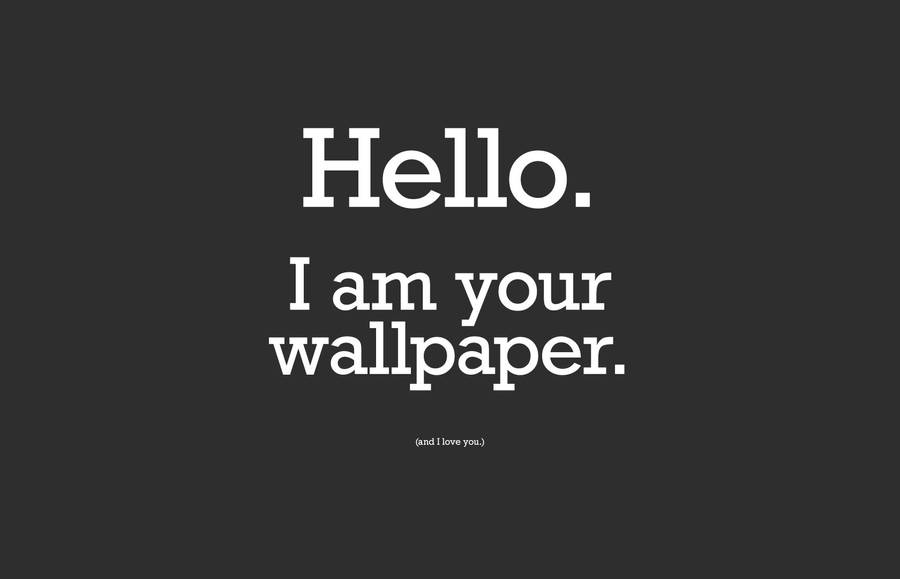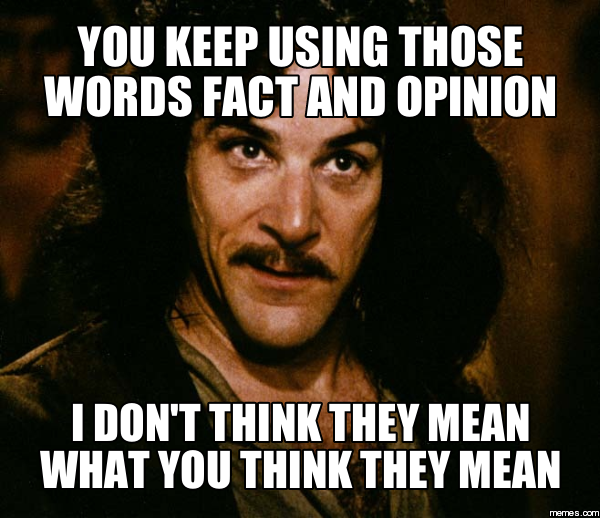Joe Costal's blog about writing. Home for his Rhet & Comp students at Stockton University. More @JoeCostal
Search This Blog
Wednesday, October 26, 2016
COSTAL'S CLASS CANCELED ON HALLOWEEN
All of the following assignments will be due when we meet again on Wednesday, November 2nd in USC 245
1. Read the chapter on Credibility of Sources (previous post)
2. Check your Google drive for an update to Formal Essay #3. I will either post a grade OR I will ask for a second revision by Sunday, October 30th at 11:59pm. If I ask you to revise your essay, the revision will be due by Monday, October 31st at 11:59pm. I will provide a grade with each request for revision. If you do not revise, you will receive the posted grade.
3. Bring a hard copy of your narrative re-write for credit.
4. Formal Essay #4: Literary Analysis Paper: 3 -5 pages. Have HARD COPY & digital copy available for class Wednesday night (November 2nd).
BEFORE beginning this paper, please read these two sources on writing literary analysis. The first is from Harvard. The second is just a "self-help" website. Both are valid.
Also, check out these info-graphics for some perspective on the ubiquity of sexual assault.
I will provide your thesis for this paper:
Though the circumstances are much different, both the narrator of Heels and the protagonist of The Rhett Butlers embody traits common to victims of sexual assault.
In a well-developed, well-researched (at least two sources, one scholarly) paper, analyze some commonalities among these victims. Use textual references to both stories to draw your comparisons. Then take those comparisons, and use them to draw broader connections to real life circumstances of sexual assault. Think outside the box. Draw comparisons and connections. Do research that enlightens this often shrouded topic. E-mail me if you have questions.
Class #14: Wednesday, October 26, 2016: READING
Evaluating the Credibility of Your Sources
Remember, your use of sources is a means of supporting the argument you make. This means that the sources you reference need to be credible and authoritative. How do you know that your sources are of value? Ask yourself the following questions:
Monday, October 24, 2016
Class #13: ASSIGNMENTS: Monday, October 24, 2016
Apprentice Writer at Susquehanna University story called Heels.
The Atlantic: The Rhett Butlers by @Katherine_Heiny (story is linked here).
ANNOTATE all of this reading (fiction & non-fiction) in preparation of writing a literary analysis paper. Also, read the following text book chapter that will help you better understand and prepare for the writing assignment.
Extra Credit Twitter/online commentary Assignments: Craft a tweet that pronounces some analysis of Tell Them You Had a Mole Removed by Julie Hensley (hard copy here, link to the audio). Try to tweet something that provokes or responds to an argument over the thematic importance (purpose) of the piece (in other words, something that illustrates a solid, level 2-3 reading). Use our common hash tag (#costrhet) so that the Tweets are more of a discussion than a series of individual posts. In other words, I am interested in your engaging one another. Please mention one another and build on thematic threads presented by classmates. Discuss things we brought up in class. Make specific reference to the work. This works best when it is handled as a virtual discussion. All tweets should be made @joecostal. If you have the room in your tweet, add @southern_review (but ALWAYS to me & #costrhet).
I had an article published last week on The Rocky Horror Picture Show. Extra credit for anyone who engages in a thoughtful, content-driven comment on the piece in the comments section of the Quirk Books website.
NEW ESSAY PROTOCOL:
Fowler Formal Essay #3 COSTAL
Fowler Formal Essay #3.1
Friday, October 21, 2016
Class #12: ASSIGNMENTS
After our writing lab in USC 245 on Wednesday, we decided to complete the "Affirmative Consent" paper for Monday. The papers are in Google drive. Costal completed an edit for everyone who submitted a paper by 4pm, 10/21.
All the papers should be edited in drive by the end of class Monday.
12 pt Times New Roman, 3 - 5 pages, works cited with at least two sources (one must be academic).
Email or tweet at me with any additional questions.
Monday, October 17, 2016
Class #11: Monday, October 17, 2016: CLASS & ASSIGNMENT
Tonight...punctuation challenge & thesis workshop. Woo-Hoo.
ASSIGNMENT: The thesis and anchor article. Write one base evidence (or body) paragraph.
ASSIGNMENT: The thesis and anchor article. Write one base evidence (or body) paragraph.
Wednesday, October 12, 2016
Class #10: Wednesday, October 12, 2016: ADDITIONAL RESOURCES FOR ASSIGNMENT
WATCH: These videos to reinforce last class (especially if you missed last class)
Class #10: Wednesday, October 12, 2016: CLASS ACTIVITY & ASSIGNMENTS
 Family Activity: (30 mins)
Family Activity: (30 mins)In the spirit of equal time...I did memes for both! I know...I know...FAIRNESS!
Using today's handout from Read, Think, Write,; the NPR Fact Checker site & your Informal Writing #2, complete the following:
1. Each family member should identify the issue from the debates discussed in each essay. Why did she chose it? What is the "exposition?"
2. Using the handout, decide if the candidate was using "argument," "persuasion," or "propaganda" to make his or/her point. How do you know? How does that change your perception of the original issue?
3. Then, together, as a family, using the NPR link above, you will fact check each other's issues. How do the facts interact with the opinion? Why is it important to the overall issue? Does it change your perception of the issue in any significant way?
Monday, October 10, 2016
Class #9: Monday, October 10, 2016
CLASS: my story, cite vs. attribute, Fact and Opinion/Quality Evaluation lectures, Informal #4 review & discussion, Stanford rape
BRING: all your notes/writing for both the debates and today's informal essay with you to class. Wednesday class will be held in USC 245. Please be prompt.
STUDY: Hacker Clarity section beginning on page 125.
WRITE: Watch these videos from Cage the Elephant & Modest Mouse (respectively). See how the videos' directors (Issac Rentz & Chris Milk) uses visual language to communicate theme. In many ways, "visual rhetoric" works the same as "compositional rhetoric."
Choose one of the two videos to work with. Or, choose a common element found in each and consider both as comparison/contrast.
Informal Writing #5 will be an ANALYSIS PAPER. First, begin by analyzing the theme or central idea of the piece. How is this communicated in both broad and subtle ways? How, specifically, is metaphor used? How do the visuals work with the song itself (lyrics available online). Consider an "exemplary moment" and "horizon of expectation."
Use direct reference to either the song or visuals in the video. APA citations for the videos are provided for you below the videos. No other sources are required for this assignment, but if you would like to use one, be sure to cite and attribute.
BRING: all your notes/writing for both the debates and today's informal essay with you to class. Wednesday class will be held in USC 245. Please be prompt.
STUDY: Hacker Clarity section beginning on page 125.
WRITE: Watch these videos from Cage the Elephant & Modest Mouse (respectively). See how the videos' directors (Issac Rentz & Chris Milk) uses visual language to communicate theme. In many ways, "visual rhetoric" works the same as "compositional rhetoric."
Choose one of the two videos to work with. Or, choose a common element found in each and consider both as comparison/contrast.
Informal Writing #5 will be an ANALYSIS PAPER. First, begin by analyzing the theme or central idea of the piece. How is this communicated in both broad and subtle ways? How, specifically, is metaphor used? How do the visuals work with the song itself (lyrics available online). Consider an "exemplary moment" and "horizon of expectation."
Use direct reference to either the song or visuals in the video. APA citations for the videos are provided for you below the videos. No other sources are required for this assignment, but if you would like to use one, be sure to cite and attribute.
Rentz, Issac. [CageTheElephantVEVO]. (2011, January 20). Shake Me Down. [Video File]. Retrieved from https://youtu.be/v27TRan1SBI
Milk, Chris. [ModestMouseVEVO]. (2009, October 3). Ocean Breathes Salty. [Video File]. Retrieved from https://youtu.be/TPhnOKmhbBw
Wednesday, October 5, 2016
Class #8: Wednesday, October 5, 2016: ASSIGNMENTS
READ: A recently published story of mine, for your humble commentary and approval. No writing. Just be ready to respond, React. Reveal your own feelings in context. Question me, my motives, my characters. Pit your horizon of expectations against my intention. Make a case for an exemplary moment, and see if I agree. Please feel welcomed to comment on Pif's site, share, recommend in any way. These types of things always help writers...always...no matter what they tell you : )
Class #8: Wednesday, October 5, 2016: CLASS SCHEDULE
 CLASS:
CLASS: 1. Narrative Recaps & Discussion
Example 1
Example 2
Example 3
2. Pete Wells discussion
 3. Ausubel /Eiseley - testing out our theories for reading analysis
3. Ausubel /Eiseley - testing out our theories for reading analysis4. Facts vs Fiction - lecture/discussion
5. NPR Fact Checker & The Debates
6. Review Assignments & Let's Go Mets!!!
Class # 8: Monday, October 3, 2016: READ: Some More Good Advice on Introductions
What follows is an explanation of each of these patterns with examples from real magazine articles to illustrate the explanations.
1 Historical review: Some topics are better understood if a brief historical review of the topic is presented to lead into the discussion of the moment. Such topics might include "a biographical sketch of a war hero," "an upcoming execution of a convicted criminal," or "drugs and the younger generation." Obviously there are many, many more topics that could be introduced by reviewing the history of the topic before the writer gets down to the nitty gritty of his paper. It is important that the historical review be brief so that it does not take over the paper.
from "Integration Turns 40" by Juan Williams in Modern Maturity, April/May, 1994.
The victory brought pure elation and joy. It was May 1954, just days after the Supreme Court's landmark ruling in Brown v. Board of Education of Topeka, Kansas. At NAACP headquarters in New York the mood was euphoric. Telegrams of congratulations poured in from around the world; reporters and well-wishers crowded the halls.
[After reaching back forty years ago to bring up the landmark Supreme Court decision that started school desegregation, this article discusses school segregation in the present time.]
1 Historical review: Some topics are better understood if a brief historical review of the topic is presented to lead into the discussion of the moment. Such topics might include "a biographical sketch of a war hero," "an upcoming execution of a convicted criminal," or "drugs and the younger generation." Obviously there are many, many more topics that could be introduced by reviewing the history of the topic before the writer gets down to the nitty gritty of his paper. It is important that the historical review be brief so that it does not take over the paper.
from "Integration Turns 40" by Juan Williams in Modern Maturity, April/May, 1994.
The victory brought pure elation and joy. It was May 1954, just days after the Supreme Court's landmark ruling in Brown v. Board of Education of Topeka, Kansas. At NAACP headquarters in New York the mood was euphoric. Telegrams of congratulations poured in from around the world; reporters and well-wishers crowded the halls.
[After reaching back forty years ago to bring up the landmark Supreme Court decision that started school desegregation, this article discusses school segregation in the present time.]
Subscribe to:
Posts (Atom)






